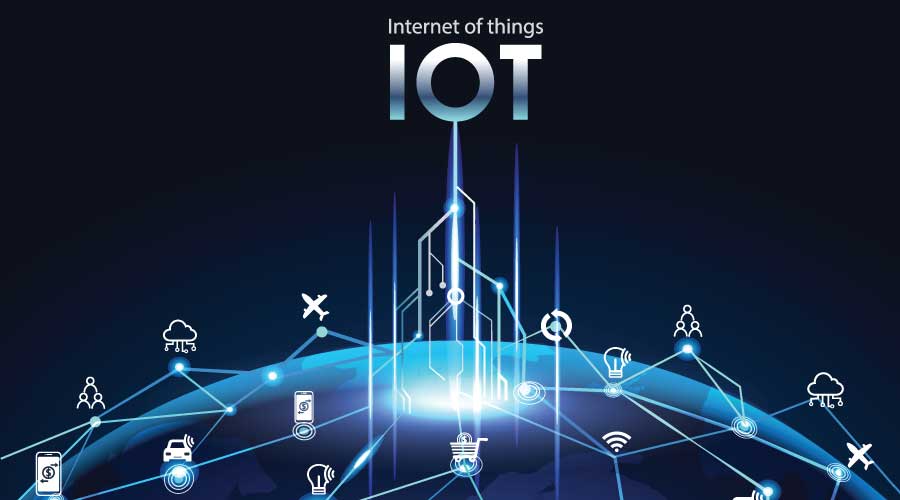The Internet of Things (IoT) is defined as individual devices being connected to a network or the Internet so they can exchange information with each other. From simple household objects like Amazon’s Echo Dot to more subtle objects like smart soap dispensers, many devices are a part of this interconnected web. This concept has been adopted into several areas of the facilities management industry and is making its way into the restroom.
Since not all restrooms get used frequently, this can make knowing which restrooms to clean and maintain more challenging. IoT provides a potential solution for this problem by outfitting hospital restrooms with smart technology.
“We’ve been using people counters to actually see how many go into the restroom. Also, sensors for towel dispensers, soap dispensers and tissue dispensers help with that, too,” says Phil Carrizales, Director of hygiene and facility solutions for Acme Paper and Supply.
Devices such as towel and soap dispensers can track and log this information, like how many people have gone into a restroom, which can then be accessed by the facility management staff via a smartphone or computer. This will help them see which restrooms need more attention based off frequency of use.
That is not all these devices can do, though.
“So, one of the things those sensors on the dispensers can do is alert a custodial worker or EVS worker when the dispenser’s levels are getting low,” says Carrizales. “Instead of stocking up the cart all with toilet paper towels, soap or sanitizer, they can just bring what they need.”
All of the data collected and reported from these devices can be pulled up on a dashboard for the facility staff to view. From there, they can use the data of how many people used the restroom and how much supplies are left to optimize their approach. Proper use of this data can make cleaning and maintaining restrooms more efficient.
“Instead of having just the EVS worker go to each restroom, where each restroom may not need routine service, it could just be these two restrooms need to be serviced three times a day, and these are the two restrooms need to be serviced once,” says Carrizales.
Even with the potential benefits, most hospitals have been slow to adopt restroom-based IoT technology. Carrizales comments that there is a similarity between the adoptions of smartphones and this technology.
“Years ago, people never thought that they would run their life off of a smartphone, which we all do now. So, we have seen that there has been a little bit of trepidation, possibly because it is something new and different. They are all used to having smartphones and doing everything off of that. It just takes it to a different level when you are doing it in a work environment.”
Jeff Wardon Jr., is the assistant editor for the facilities market.

 Building Sustainable Healthcare for an Aging Population
Building Sustainable Healthcare for an Aging Population Froedtert ThedaCare Announces Opening of ThedaCare Medical Center-Oshkosh
Froedtert ThedaCare Announces Opening of ThedaCare Medical Center-Oshkosh Touchmark Acquires The Hacienda at Georgetown Senior Living Facility
Touchmark Acquires The Hacienda at Georgetown Senior Living Facility Contaminants Under Foot: A Closer Look at Patient Room Floors
Contaminants Under Foot: A Closer Look at Patient Room Floors Power Outages Largely Driven by Extreme Weather Events
Power Outages Largely Driven by Extreme Weather Events